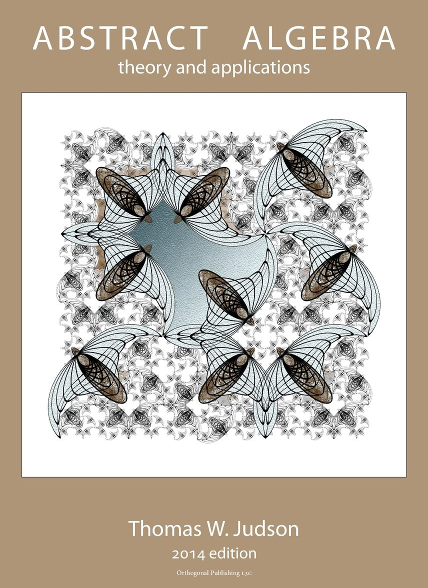Consider the set of nonzero real numbers, \({\mathbb R}^*\text{,}\) with the group operation of multiplication. The identity of this group is 1 and the inverse of any element \(a \in {\mathbb R}^*\) is just \(1/a\text{.}\) We will show that
\begin{equation*}
{\mathbb Q}^* = \{ p/q : p\text{ and }q\text{ are nonzero integers}\}
\end{equation*}
is a subgroup of \({\mathbb R}^*\text{.}\) The identity of \({\mathbb R}^*\) is 1; however, \(1 = 1/1\) is the quotient of two nonzero integers. Hence, the identity of \({\mathbb R}^*\) is in \({\mathbb Q}^*\text{.}\) Given two elements in \({\mathbb Q}^*\text{,}\) say \(p/q\) and \(r/s\text{,}\) their product \(pr/qs\) is also in \({\mathbb Q}^*\text{.}\) The inverse of any element \(p/q \in {\mathbb Q}^*\) is again in \({\mathbb Q}^*\) since \((p/q)^{-1} = q/p\text{.}\) Since multiplication in \({\mathbb R}^*\) is associative, multiplication in \({\mathbb Q}^*\) is associative.

